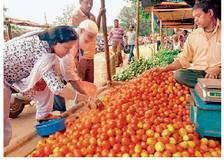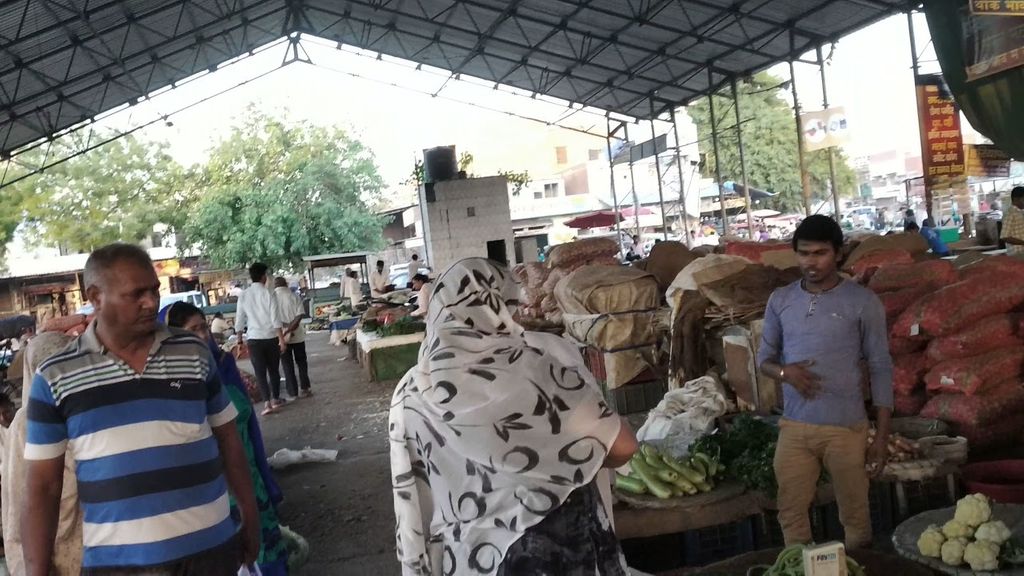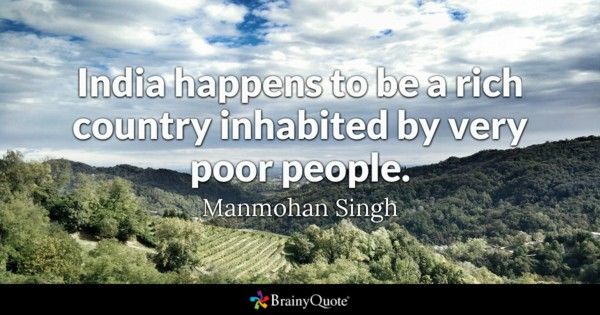A Trip To The Buzzing Vegetable Market In Haryana
Jan 17, 2019 • 1 view
From the moment we got down our bus for the vegetable market, we encountered an explosion of sensory inputs emanating from the surroundings. The mandi buzzed away as it is a hub of human activity and exchange of goods. We had left the sweet smelling petrichor after the first rain shower of our college campus behind, and were now standing in totally unfamiliar place. Exhaust from vehicles that were passing us impatiently blew straight into our faces as we walked down the muddy street toward the sabzi mandi in Asan Podh, Sonipat.

At the moment we entered the mandi, the locals approached us, thinking that we were taking some sort of a survey. They rapidly began to narrate the issues of erratic water and electricity supply, sanitation and mismanagement by local administration that they were suffering. They already had contacted the local government regarding their problems, but sadly to no avail. In such a situation, we could only tell them that we would try to help in approaching the correct authorities in whatever manner we are able.
Like any other sabzi mandi in India, this space as well was crowded and cramped, with sellers quoting competitive prices for their produce. I was surprised to learn that the local names of some fruits and vegetables also differed from the ones I was accustomed to in Delhi, even though the two regions are quite nearby. For example, muskmelon is called “kacheri.” This perhaps is representative of the cultural influence that a diverse country like India brings with itself. There were vegetables of all shapes and sizes available, but vegetables like potatoes and onions are sold in greater numbers since they are a staple crop, used in almost every Indian home. The crowd consisted mainly of the locals who were there either to buy or to sell produce. Cows and stray dogs also went about the area, eagerly in search of the remains of some food.

Agriculture remains the primary source of livelihood and sustenance for the locals of Haryana. The vendors sit from morning till night for an average duration of twelve hours, with their mornings being the busiest. They play cards or eat piping hot samosas to while away some time and give themselves a break. It is observably a male dominated area, with females only sporadically found selling few vegetables. The main form of conveyance for these vendors remains to be two wheelers and small trucks. Even amongst these vendors I witnessed a socio economic disparity on the basis of their attire, education, healthcare and general maintenance, something which is commonly observable in such a populous and developing state.
I observed that there is a lot of room left for improvement of the entire area. A distinct smell of rotten vegetables and fruits, and sewage water can be sensed. There are open drains, stagnating water, cow dung, unfinished construction piles, garbage, even rodents, spread across the mandi, which speaks volumes about its poor hygienic conditions. These could all result in some form of an unwanted disease for the unknowing consumers buying the produce and could prove hazardous for them. Even though some continue to use plastic bags, the others have mindfully switched to cloth or jute ones, showing spreading awareness.

On interacting with the locals, I learnt of different life stories. Kuldeep, a fifteen year boy, was unable to go to school since he had failed one exam at the government school, and could only apply again next year. In the meantime, he had decided to help his parents sell goods at the mandi. Another vendor, Kishan, continued to work despite his leg injury, since he was the sole earning member of his family who entirely depended on him, and this was his only means of income. One thing in common for both these cases, is that they both stand strong, immensely hopeful of the future that lies ahead of them.
The sabzi mandi remains a centre of brisk business, where everyone seems to be in a whirr of great hurry. It taught me the lesson of simplicity with which one should go through the walk of life, charging steadily against any struggles that it offers. Despite its dilapidated conditions, it beats with the aspirations of the people who turn it into the lively place that it is.

